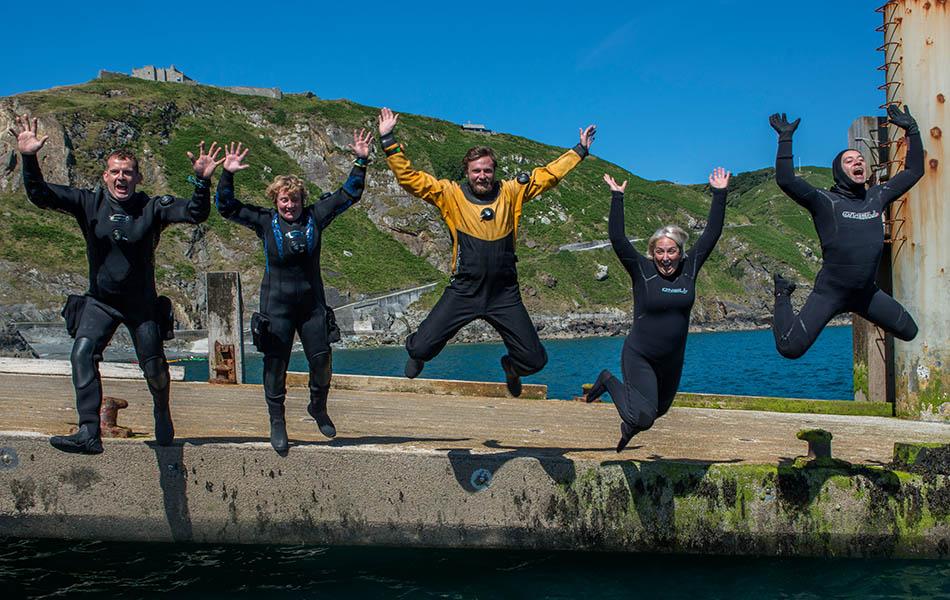
A recurring theme for many new divers, and frequently many established divers, is some form of quest for increasing depth.
A parallel might be considered mountaineers quest for the next higher mountain and the inevitable question “Why” followed by the equally unspecific “because it is there”. Certainly, the more extreme altitudes are accompanied by similar, if not more extreme, physiological challenges of altitude sickness including cerebral and pulmonary oedema.
Why dive deeper?
Perhaps if the comparison with mountain climbing could be viewed differently there might appear a semblance of a rational value? The clearest objective of climbing seems (to me at least) to be achievement of the summit, both as an identifiable objective and for the view it often affords. In diving when we match depth attainment with a physical target such as a wreck, rather than a measurement, then the exploration and viewing of that objective has similar value. The search for depth alone has no intrinsic value other than misplaced bragging rights.
Diving with a purpose: Divers should be looking to define clearly why they want to extend their depth experience before undertaking the necessary training to be able to attain those depths. This is especially important once you get to the point where narcosis becomes an increasingly significant problem to manage.
Qualifications for depth progression
Diving qualifications are frequently structured to progressively extend depths. The training for each level progressively provides additional skills in order to facilitate the depth extension including the skills of gas and decompression planning and the development of appropriate planning and leadership skills. Within BSAC diver training all of those elements are inherent in the training but pitched at a level appropriate to the depth limits of the qualification to be achieved.
When BSAC training, the attainment of skills is limited within the depth limit of the previous qualification until the training and competence is achieved. Only then should actual depth progression be conducted with the benefit of a solid foundation of skills. The training programme makes it clear for example that Sport Diver depth progression is only to be conducted AFTER completing the qualification and then in progressive steps.
Correct gases for depth progression
If a diver decides they are interested in diving targets, typically wrecks, deeper than 35m then the main consideration should not just be the depth but more importantly the correct gases to be able to do so safely, and able to see and remember what you are going down there for.
It is increasingly unjustifiable not to utilise helium based mixtures to minimise and reduce the effects of nitrogen narcosis so that clear and accurate decision making can be maintained and mistakes minimised.
Discipline when diving to new depths
With increasing risks associated with depth, and complexity connected with mixed gas use, accuracy and rigid adherence to depth limits should be a matter course.
Training within courses allied to this, such as Accelerated Decompression Procedures (ADP) and mixed gas courses emphasises the appropriate and necessary discipline required. This should be something to maintain and improve further rather than allow to become lax after the course. That is not to suggest that adhering to depth and training limits is an optional choice at any level, simply that the implications are so much greater within the limits of depth, limited time and complexity of gases and equipment.
Want to develop your diving skills?
Send your postcode to membership@bsac.com and we'll help you find the right scuba club for you to train with. Or if you fancy a chat call us 0151 350 6226 (Mon - Fri, 9 - 5:30).

 Author: Jim Watson | Posted 09 May 2018
Author: Jim Watson | Posted 09 May 2018



